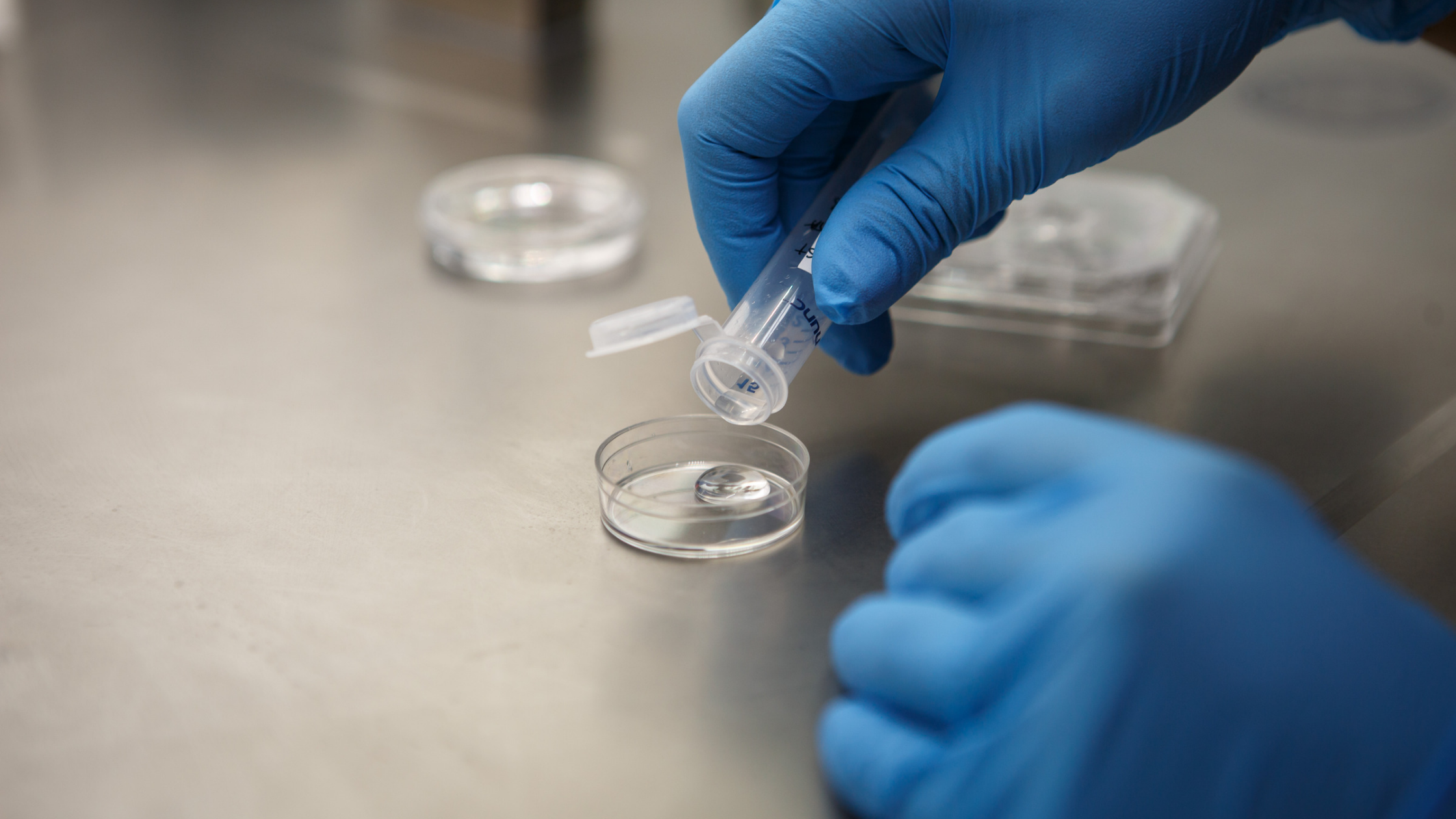What is Embryo Glue?
Assisted reproductive technology (ART) advancements are constantly being made to improve the chances of success for individuals undergoing fertility treatments.
What is Embryo Glue?
One such innovation that has drawn attention in recent years is embryo glue. In this article, we dive into the world of in vitro fertilization (IVF) and the use of Embryo Glue, shedding light on what it is, how it works, and its role in enhancing the outcomes of IVF procedures.
What is Embryo Glue
Embryo glue, also known as transfer medium or implantation medium, is a specialized solution used during the embryo transfer stage of IVF treatments. Unlike traditional transfer media, embryo glue contains high concentrations of hyaluronan, a natural substance found in the female reproductive tract. This viscous solution serves as a supportive matrix for embryos, providing an optimal environment for their placement into the uterus during the transfer procedure.
How Embryo Glue Works
The unique composition of embryo glue is designed to mimic the natural environment of the uterine lining, promoting better adhesion and implantation of embryos. Hyaluronan, the key component of Embryo Glue, acts as a binding agent, helping embryos adhere to the endometrium, or uterine lining, more effectively. By creating a sticky surface for embryos to adhere to, Embryo Glue may enhance the likelihood of successful implantation and subsequent pregnancy.
The Role of Embryo Glue in IVF
Embryo Glue is typically used during the embryo transfer process, which occurs several days after fertilization in the embryology lab. During this critical stage, embryos are carefully selected based on their quality and developmental stage before being transferred into the uterus. The addition of Embryo Glue to the transfer medium aims to improve the chances of embryo implantation by providing a supportive environment for embryos to adhere to the uterine lining.
Potential Benefits and Considerations
Embryo Glue is offered by numerous IVF fertility clinics, often as an optional add-on service. The effectiveness of hyaluronan-enriched transfer medium (HETM) is backed by moderate-quality evidence, showing notable enhancements in clinical outcomes, including higher live birth rates, particularly for patients with poorer prognosis such as advanced maternal age (over 35 years) and recurrent implantation failure (RIF). However, it's important to note that the use of Embryo Glue may also result in a higher incidence of multiple pregnancies. Therefore, it's recommended to adopt a single embryo transfer policy alongside the use of Embryo Glue to mitigate this risk.₁ However, the evidence regarding the effectiveness of Embryo Glue remains somewhat inconclusive, and further research is needed to fully understand its impact on IVF success rates.
While more research is needed to validate its efficacy, Embryo Glue represents a valuable option for optimizing IVF outcomes and increasing the chances of achieving a successful pregnancy. As always, individuals considering IVF should consult with their fertility specialist to determine the most appropriate treatment approach for their unique circumstances.
References:
Atkinson, B. F. W., & Woodland, E. (2021). Embryo glue: The use of hyaluronan in embryo transfer media. Seminars in Reproductive Medicine, 39(01/02), 024–026. https://doi.org/10.1055/s-0041-1730415
Medical Disclaimer:
The information provided in this blog is intended for general informational purposes only and should not be considered as a substitute for professional medical advice, diagnosis, or treatment. Always seek the advice of your healthcare provider or qualified medical professional with any questions you may have regarding a medical condition. Never disregard professional medical advice or delay in seeking it because of something you have read in this blog.


